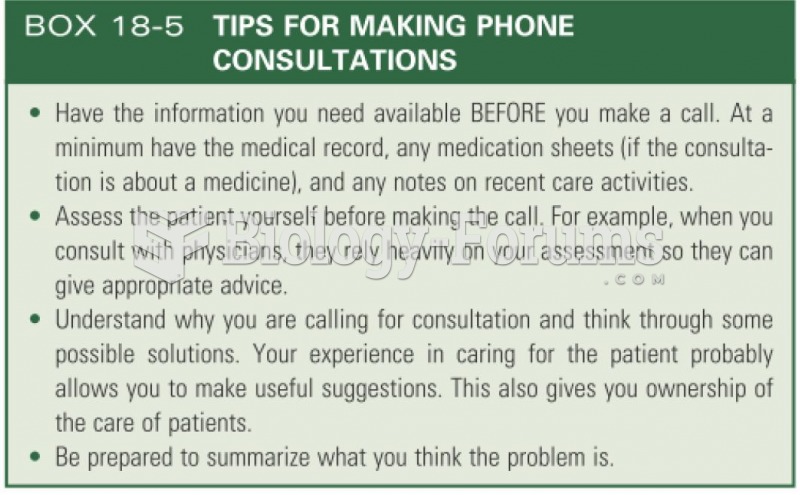|
|
|
The modern decimal position system was the invention of the Hindus (around 800 AD), involving the placing of numerals to indicate their value (units, tens, hundreds, and so on).
Aspirin is the most widely used drug in the world. It has even been recognized as such by the Guinness Book of World Records.
After a vasectomy, it takes about 12 ejaculations to clear out sperm that were already beyond the blocked area.
There are more bacteria in your mouth than there are people in the world.
Glaucoma is a leading cause of blindness. As of yet, there is no cure. Everyone is at risk, and there may be no warning signs. It is six to eight times more common in African Americans than in whites. The best and most effective way to detect glaucoma is to receive a dilated eye examination.







